Santons the Signs of Christmas in Provence
This guest post about the Santons and Christmas in Provence comes from Marie-Helene, the co-founder of the online store Remember Provence. They curate Provencal-themed housewares, gift items and culinary ingredients and ship to customers around the world. Remember Provence represents only high-quality products produced traditionally. Please follow this link to read the original post.
Santons and Provence
Christmas in Provence would not be the same without the santons. This ritual is an old tradition of representing the nativity scene with tiny characters. The custom started in churches during the 13th-century, thanks to Saint Francis of Assisi, which earned him the patronage of animals, merchants, and santonniers (the makers of santons).
During the French Revolution, public nativity scenes were banned. The ban did not stop, or instead may have encouraged, families from creating creches in their homes with tiny figurines representing the nativity. However, it was only in the 19th century, that the Provencal creche began to include a set of clay characters. These figures represent the common trades (baker, butcher, sheepherder, washerwoman, fisherman, and so on) in a village.
The word santons comes from the Provencal language santoun, which means “little saint.” The nativity scene includes the key religious figurines, Joseph, Mary, and baby Jesus. The village characters added are a personal selection. On January 6th, the day of Epiphany, the three wise men join the creche.
Santon Craftmanship
There are two types of santons: unique pieces that are modelled by hand (without molding) and series santons created using a mold. The manufacturing steps are as follows:
- Modelling: During initial creation, the subject is modelled by hand in the clay. At this stage, the santonnier defines the expression, the attitude and all the details of the character.
- The creation of the mold (for a series): Once finished and still fresh, the santon is “buried” half in a clay plate dug according to the contours of the figurine. Plaster is then cast on the santon to form the first half of the mold. The assembly is then returned to the formwork to pour the second half of the plaster mold.
- Molding (for a series): The mold obtained is filled with clay and closed with force. At this stage, the santonnier affixes his stamp on the base removes the excess clay and inserts an iron rod to ensure the rigidity of the santon.
- Drying: The santons dry in the open air for five (5) to seven (7) days according to size, the season and the ambient humidity.
- Deburring: This operation involves removing clay burrs with a knife and smoothing the traces with a wet brush.
- Cooking: The santons are cooked in a ceramist’s oven above 980 ° C for about three (3) days (so-called “biscuit” cooking).
- Painting: Each santon is hand-painted, colour by colour in oil or acrylic paint.
Santon Markets
Santons from Provence are made of clay and painted by hand. A high concentration of santonniers are based in Aubagne, Marseille, Aix en Provence and Arles.
From October until the end of the year, santons markets take place in the cities and villages of Provence. These santons markets are always busy before Christmas, and in the week following December 25th. Santons are also an excellent gift idea for a child. A fun activity, during the holidays, is strolling through these markets, adding to the family’s collection of santons, and admiring the elaborate creches.
Essentials of a Christmas Creche
Make decorating the house for the holidays and building the nativity scene into a family affair. Collecting some of the natural elements (branches, stones, etc.) for your creche is a terrific excuse for a walk. Here is a list of some essentials, but feel free to add anything that suits your decorative flair:
- a wooden cabin to represent the barn, from a crate or some small boards, or buy from a santonnier,
- kraft paper,
- one or two shoeboxes for the mountains, cardboard to protection for the base of the creche,
- plant branches to mimic trees and bushes (if you live in Provence, olive branches, pine, cypress, bay tree, tin laurel, some tufts of thyme, rosemary, sage, etc.),
- moss found on the hill during this wet period of the year,
- some small and big stones to shape the rocks,
- and finally, a light string, rather sober in colour, to underline the scene that you will create with a soft brightness.
Let’s not forget the main elements, the santons. The idea is to create a village as if Jesus was born in Provence: the angel Boufarèu (blower) announces the news to the shepherds. All the inhabitants converge on the barn to see the newborn. They cross the hill, with their harvest baskets, their animals, walk through the olive groves. Any the Provençal landscape is represented. However, no character should turn his back on the baby Jesus.
Once completed, the creche looks like a 19th-century Provencal village. The result is quite magical. In the French Christmas tradition, the creche is dismantled before Candlemas Day on February 2nd.


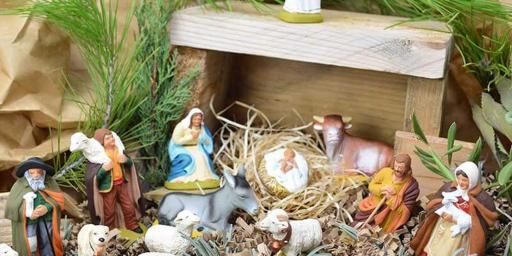

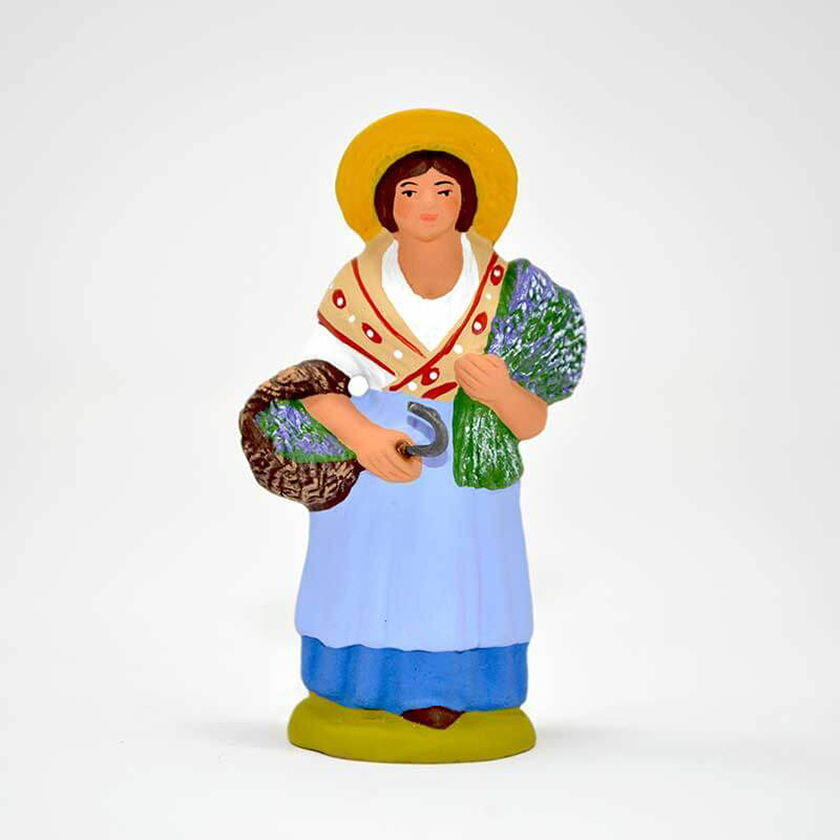
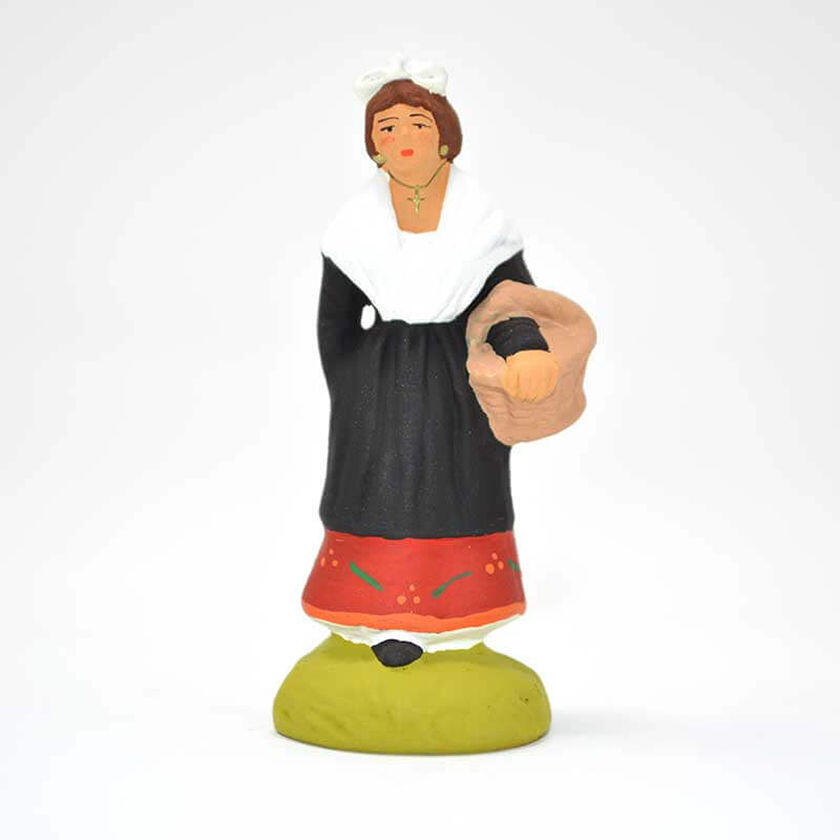
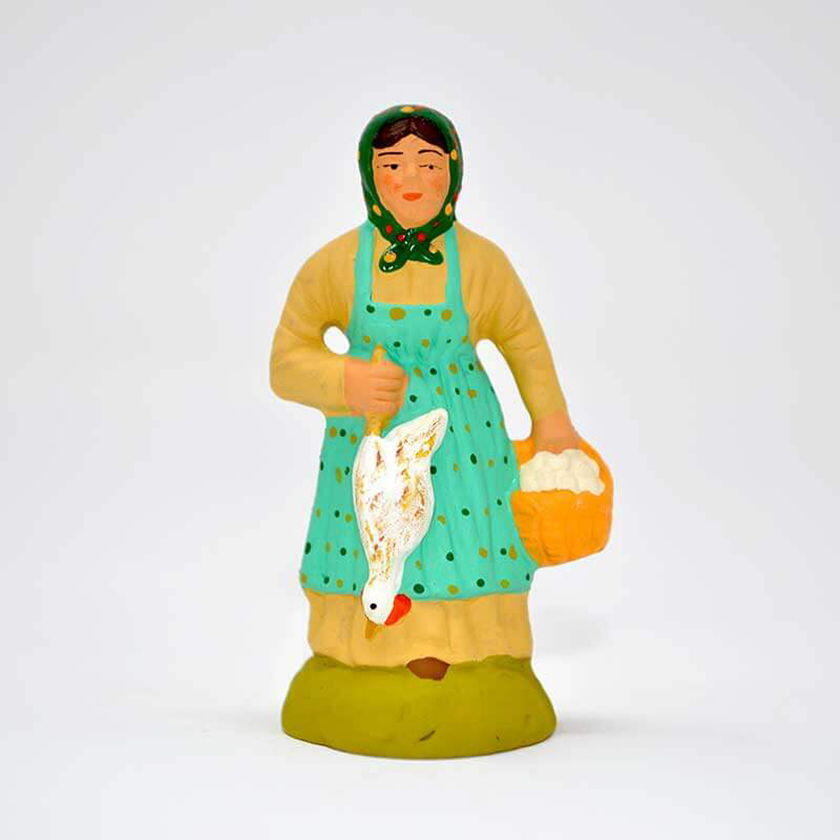
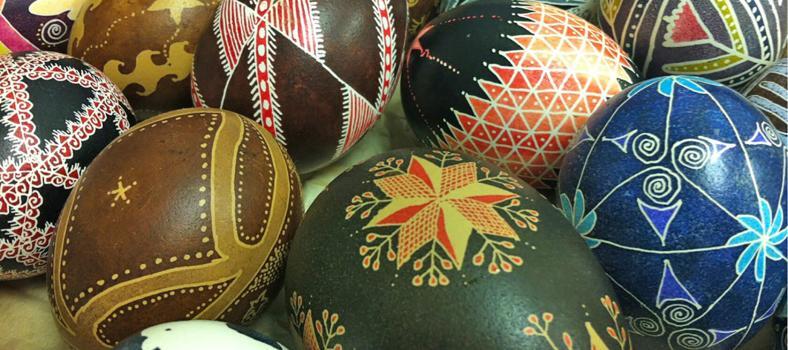

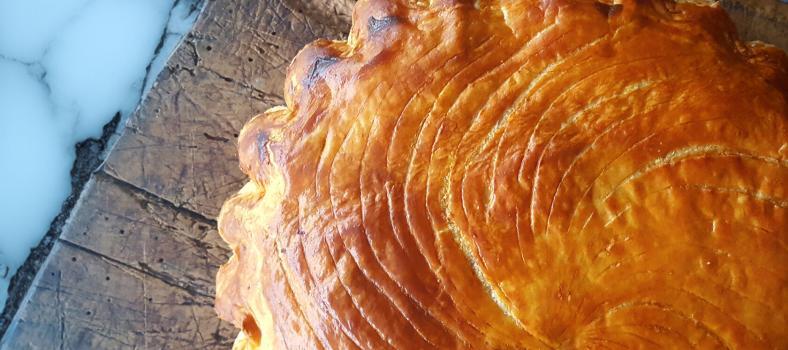
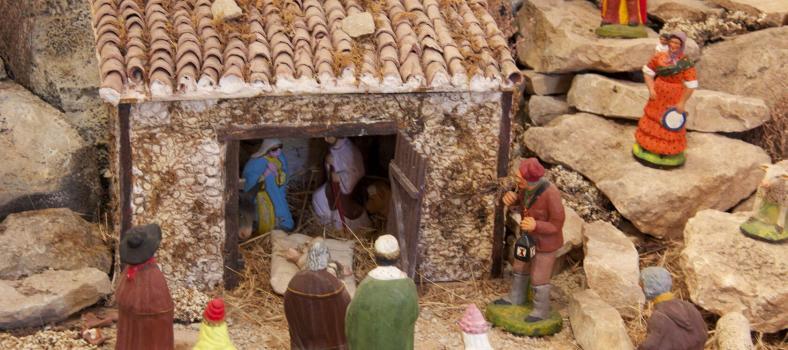



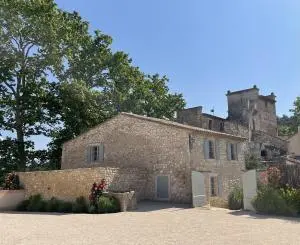
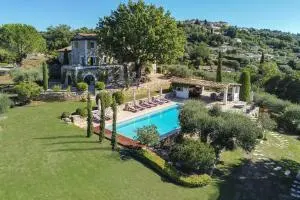
No Comment